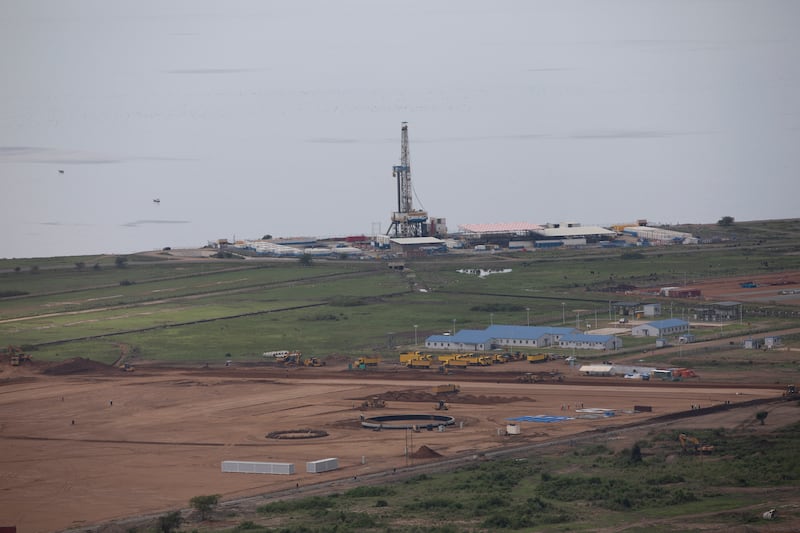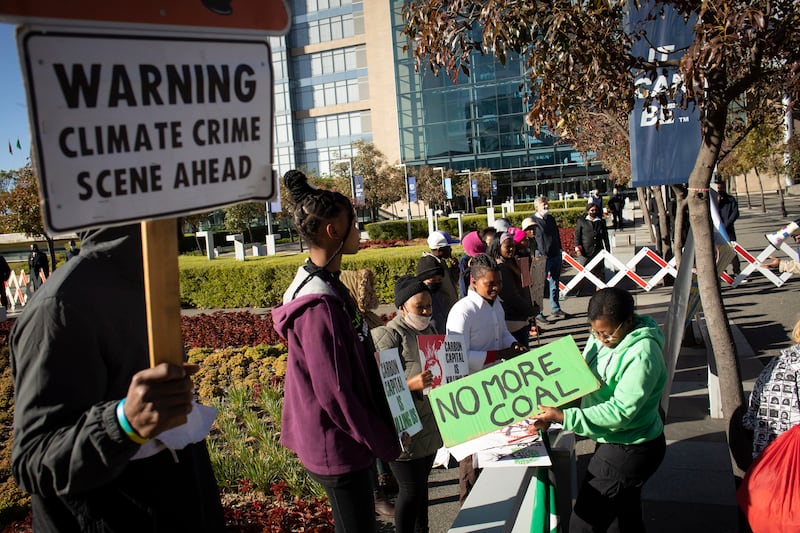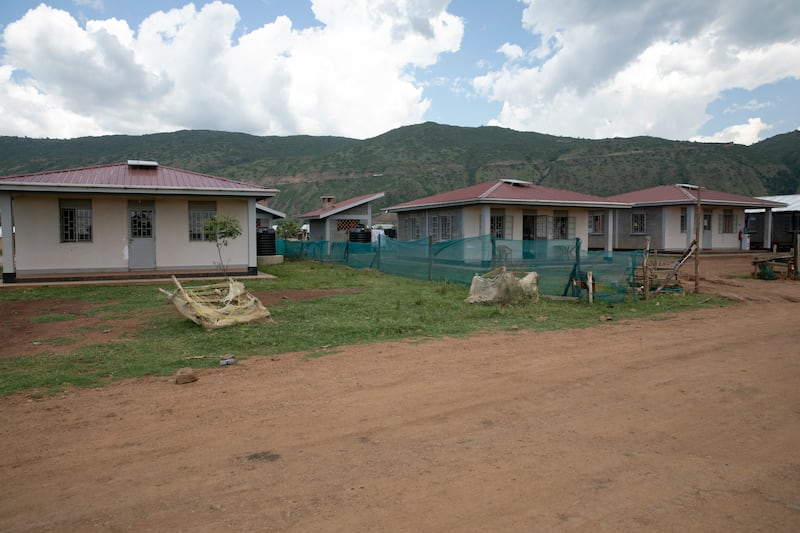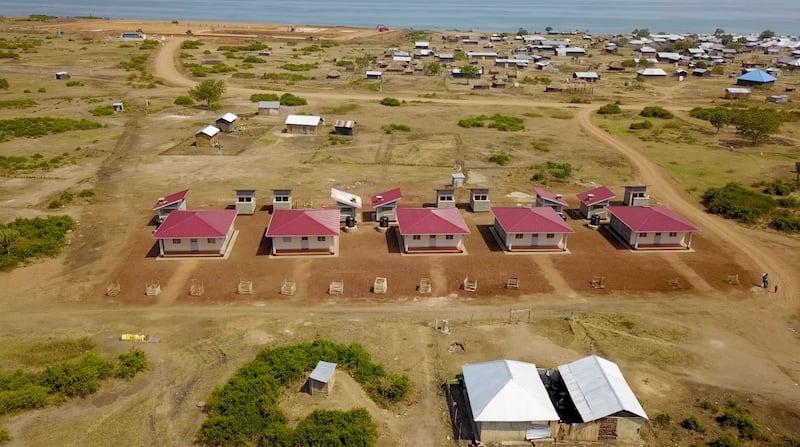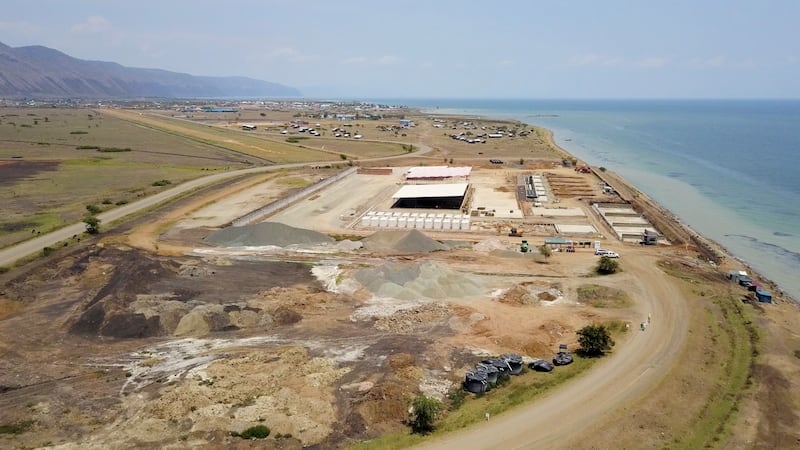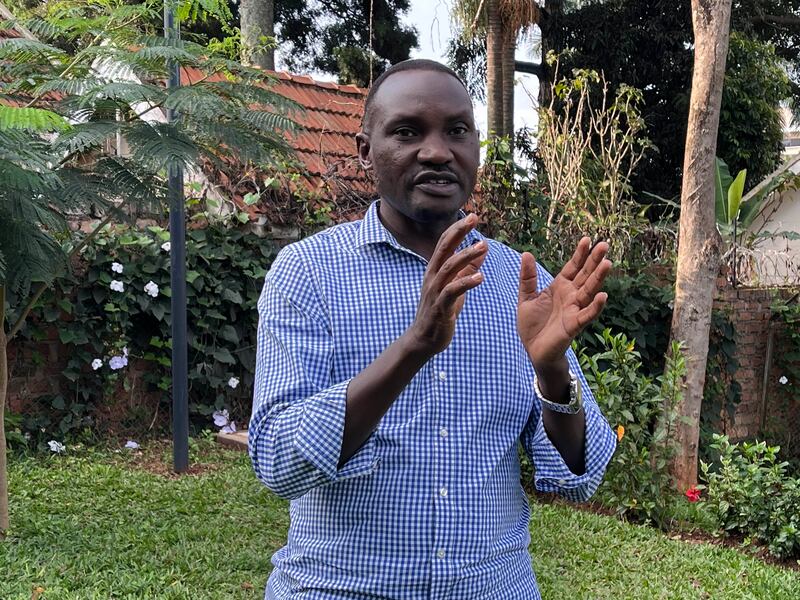Live updates: Follow the latest news on Cop28
As one of Africa’s fastest-growing nations, Uganda laid down ambitious plans to connect its entire 45 million population to reliable electricity by 2030 in an eye-catching energy transition plan unveiled on Tuesday at Cop28.
Huge investment into renewable energy projects, through hydro, geothermal and solar power paired with a new oil pipeline, aims to double the current number of people wired to electricity supplies.
Fewer than 45 per cent of Ugandans have access to power, below the average for sub-Saharan African nations.
Despite Uganda being a continental leader in green energy, with 95 per cent of its current 2 gigawatt capacity generated by renewables, it is a controversial 1,400km heated oil pipeline that promises to transform the landlocked nation and contribute to its green energy transition.
Pumping from the Tilenga and Kingfishers sites close to Lake Albert is due to begin in 2025 and will produce up to 240,000 barrels of oil a day when fully operational.
Thousands of people have been displaced from their homes and moved to new settlements to make way for the pipeline that snakes through Tanzania into the city of Tanga on the Indian Ocean.
The project, backed by China and French oil company TotalEnergies, promises to transform the nation into an energy hub for East Africa, doubling the national GDP to about $80 billion.
While fossil fuels remain at the heart of Uganda’s economic future, it is renewable energy that will continue to power the country.
“The plan lays out an ambitious yet feasible pathway to meet the country’s growth and development objectives in a secure, affordable and sustainable way,” said Ruth Nankabirwa, Minister of Energy and Mineral Development.
“Given Uganda’s point of departure, progress on expanding energy infrastructure must kick up a notch.
“Fortunately, Uganda has an enormous amount of domestic resources that can help realise the transition. Uganda has ample potential for solar, hydroelectric and geothermal power.
“These resources will reinforce the transition and contribute to Uganda’s economic growth.”
Controversial oil pipeline could double Uganda's annual GDP to $80 billion
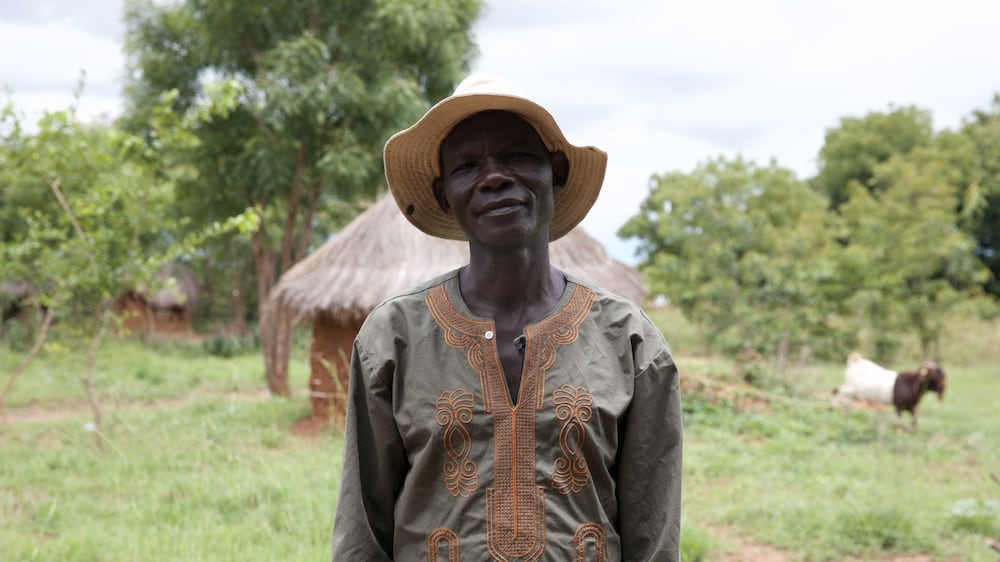
The plan said $850 million was needed annually to reach universal access to electricity by 2030, while the overall energy transition process will need $8 billion per year from 2030 onwards.
The message that the world is not quite ready to abandon fossil fuels has been a familiar theme at Cop28 in Dubai.
“The rate of progress to reach universal access is steep but not unprecedented,” said Ms Nankabirwa.
“Reaching universal access in this decade relies on all solutions available and will deliver huge benefits for development, health and gender equity.”
Another ambitious goal is to wean 95 per cent of the nation off biomass fuels such as charcoal and wood, used to heat homes and cook food.
With Uganda's population expected to increase just short of 50 million to 70 million by 2040, energy transition is required now to prevent soaring rates of carbon emissions.
Charcoal ban
Ugandan President Yoweri Kaguta Museveni recently issued an executive decree banning production and trade in charcoal in the north, where the charcoal industry is focused, in a bid to push through cleaner cooking practices.
A programme has already been launched to encourage a switch from firewood to burners using liquefied petroleum gas (LPG) instead.
To achieve the universal clean cooking target, a million cleaner stoves will be needed annually until 2030.
Uganda’s energy transition plan envisages most of the population cooking on electric hobs, clean gas rings or closed combustion stoves that emit no methane, a gas which is highly damaging to the climate and public health.
The major challenge ahead is how to get a population of millions to switch practices that have been passed down through generations while reassuring them cooking by gas is safe.
Authorities said as many as 50,000 Ugandans die each year from air pollution generated from burning biomass inside homes.
If left unchecked, current demand for biomass is so high it is estimated Uganda’s entire national stock of forest and tree cover will disappear within 20 years.
“With the development of the energy transition plan, we are sending a clear signal on Uganda’s intended direction of travel to industry, investors and the global energy community,” said Irene Bateebe, Permanent Secretary at the Ministry of Energy and Mineral Development.
“We have set Uganda on a sustainable low-carbon energy development path.”
